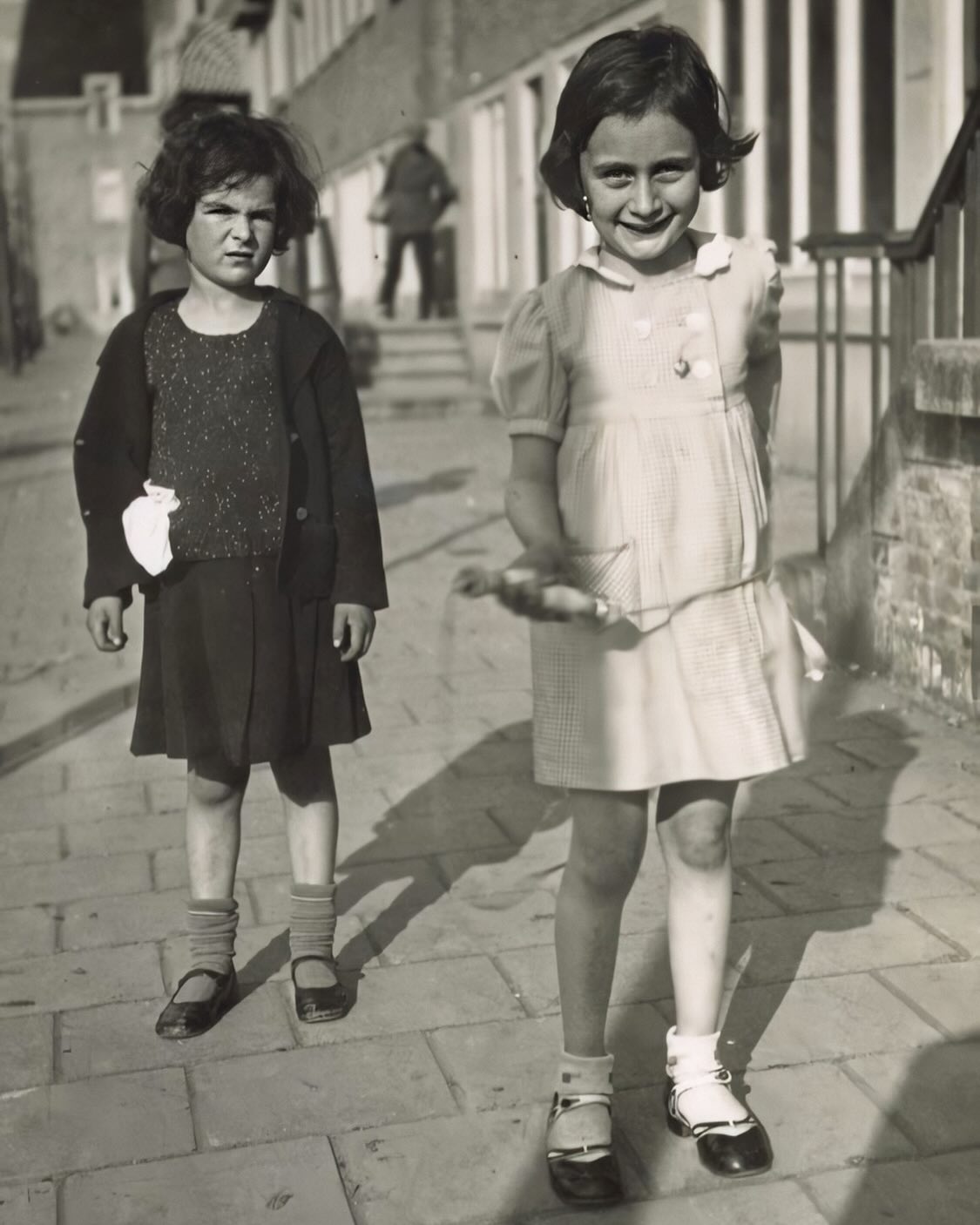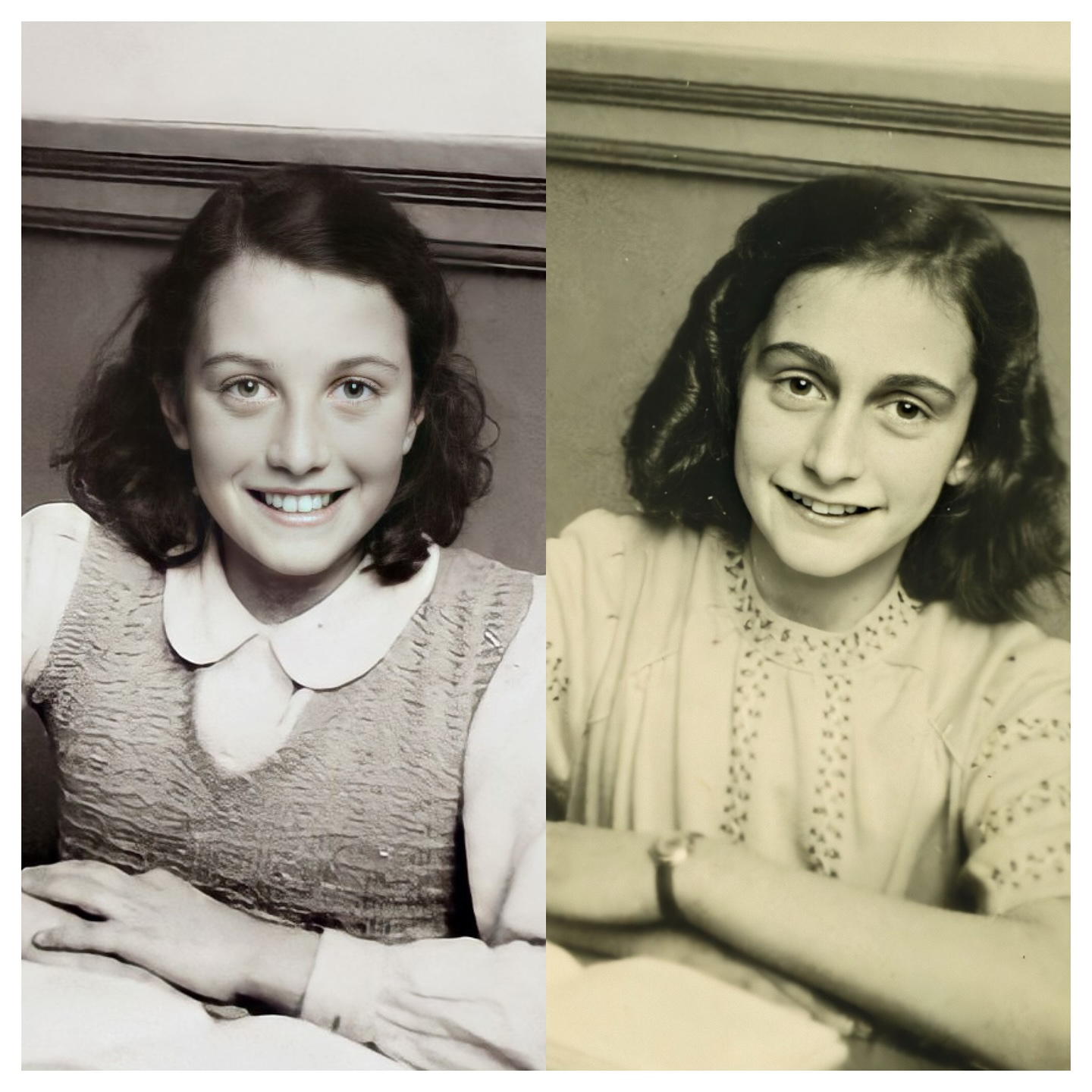A Princess for a Day: Anne Frank and a Wedding in 1941
A Glimpse of Joy
In the stories we tell about Anne Frank, we often focus on the fear, the isolation, and the two years spent in hiding. But a small, beautiful detail from her life offers a rare glimpse of pure happiness and normalcy just before the world changed forever. It’s a story not of a girl in hiding, but of a girl dressed up for a special occasion. On a warm July day in 1941, Anne Frank attended a wedding, and for a few brief hours, she was simply a teenager celebrating love. This fragile moment of joy, captured in a rare memory, shines like a beacon against the darkness that was soon to come.
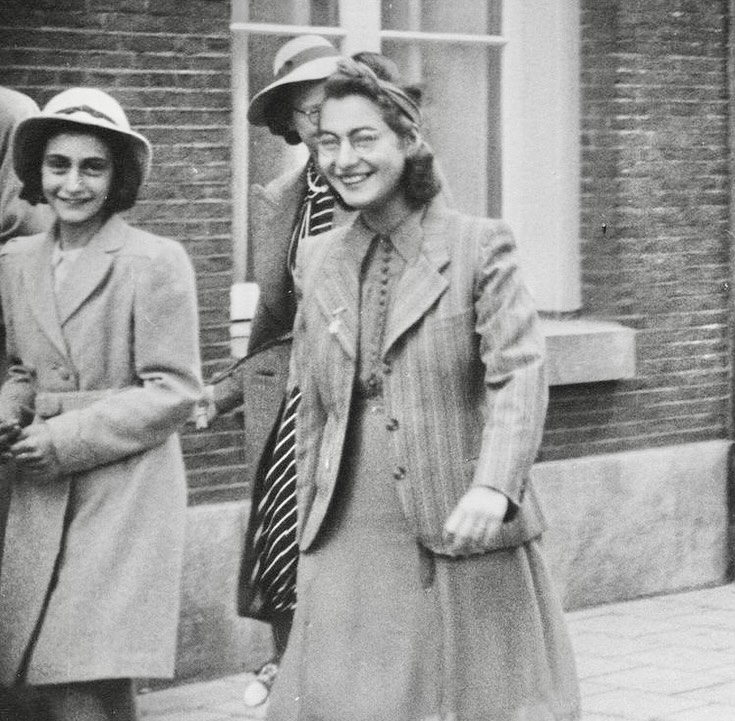
Love in the Shadow of War
On July 16, 1941, Miep Santrouschitz and Jan Gies were married. The setting was Amsterdam’s town hall, but the atmosphere was far from ordinary. Tensions were already high, and the threat of war loomed over the city. Yet, for this one day, love and hope took center stage. Miep and Jan were surrounded by their loved ones, including Miep’s foster parents, Otto and Anne Frank, as well as Hermann and Auguste van Pels. In this small, intimate group, the lines between friends and family blurred, creating a circle of support that would soon be tested in unimaginable ways.
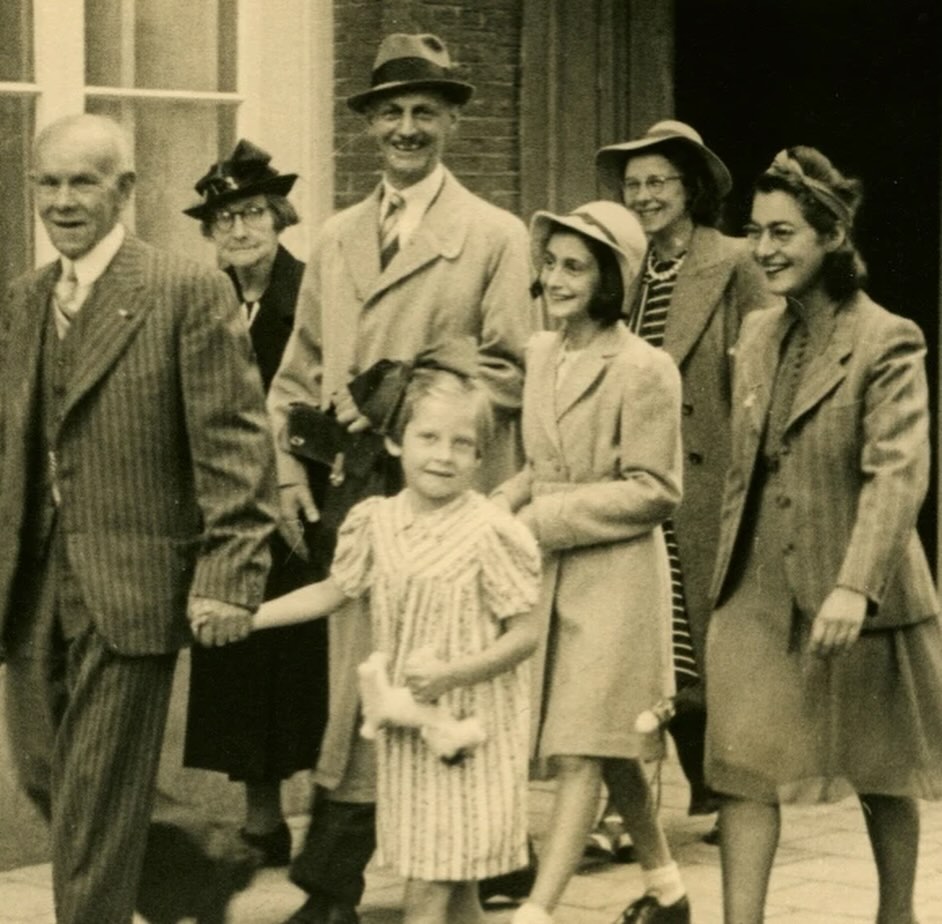
In the midst of the ceremony, Anne stood out, not for her iconic name, but for her youthful elegance. Miep Gies, in her memoir, recalls the details with a tenderness that speaks volumes about their bond. She remembers Anne looking “very grown-up indeed in her little princess-style coat and matching hat with a ribbon around the brim.” Her hair, “grown longer, and it looked shiny and full from brushing.” This wasn’t just a description; it was a memory painted with love. The image is a stark and beautiful contrast to the one we hold in our minds: a girl confined to an attic, her hair cut short, her clothes worn thin. This was Anne in a fleeting moment of grace and innocence, a girl who cared about her appearance and was excited for her friend’s happy day.
A Memory Held in Trust
What makes this memory so poignant is not just the beauty of the moment itself, but its tragic context. The people gathered for that wedding—the Franks, the Van Pels—would, within a year, be living in a secret annex, dependent on Miep and Jan for their very survival. The beautiful coat and hat Anne wore would be left behind, replaced by the drab reality of hiding. The joyful laughter would be silenced by the fear of a wrong move, a misplaced sound.
Miep’s memory of Anne on her wedding day is more than just a sweet anecdote. It’s a testament to the love and humanity that existed before the tragedy. It reminds us that before she became a symbol of a brutal chapter in history, Anne Frank was a daughter, a friend, a young woman with a vibrant spirit and a desire to look her best for a special occasion. It is a vital piece of her story, a moment that confirms her humanity and makes her eventual loss all the more profound.
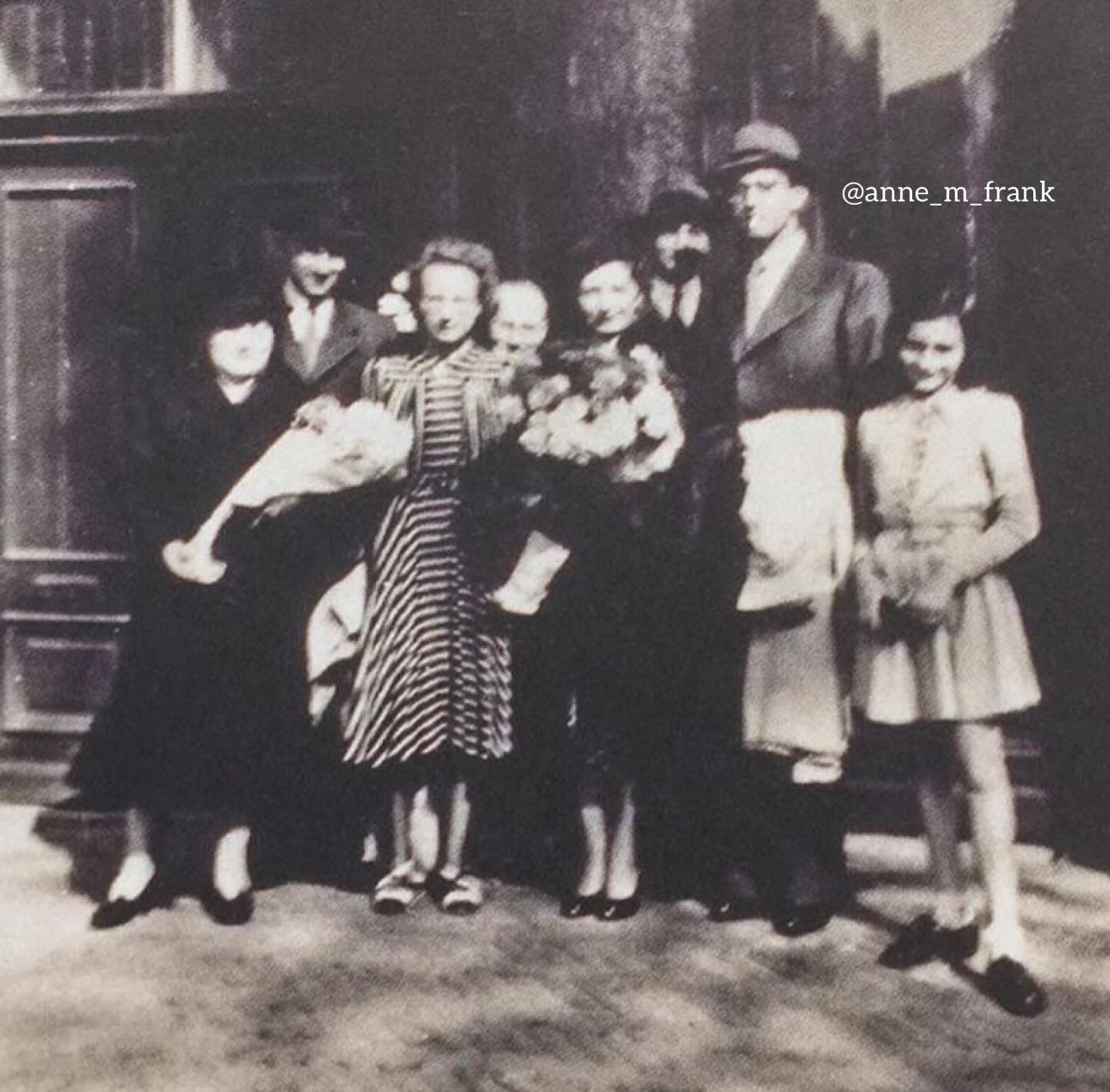
This precious memory, held in trust by Miep Gies, serves as a powerful reminder that even in the darkest of times, moments of light and love can persist. It urges us to remember the whole person—not just the prisoner, but also the girl in the “princess-style coat,” forever young and forever hopeful.
